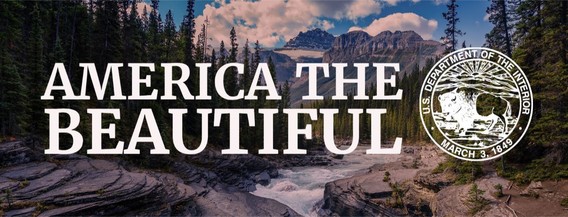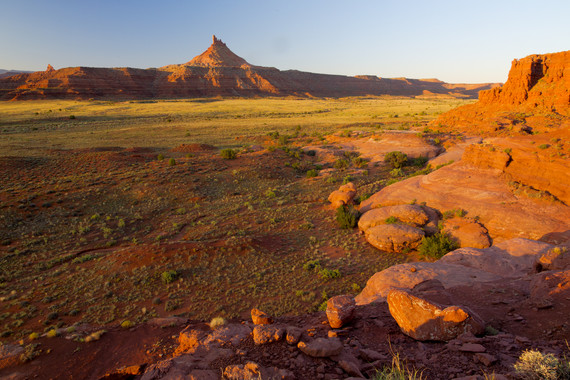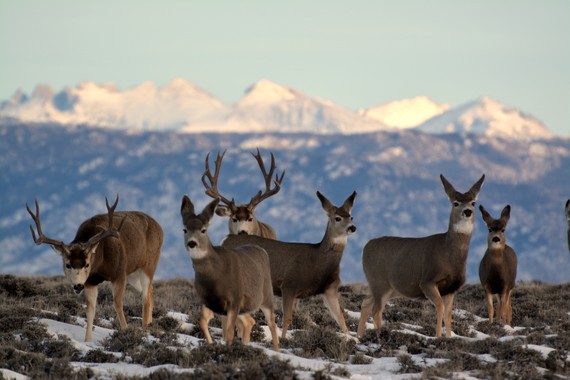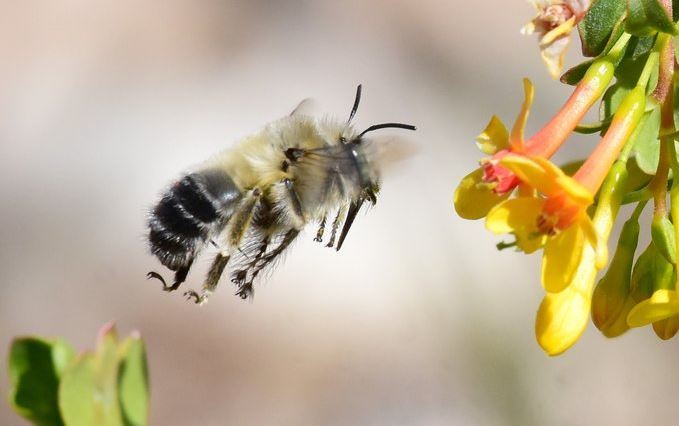 Spotlighting the Work to Restore, Connect and Conserve 30 Percent of Lands and Waters by 2030�
News and Updates

During the 2022 White House Tribal Nations Summit, the Departments of the Interior, Agriculture and Commerce outlined a series of new steps to increase and strengthen Tribal participation in the management and stewardship of federal lands and waters. Since Secretary Deb Haaland and Secretary Tom Vilsack signed Joint Secretary's Order 3403 in 2021 committing to Tribal and federal co-stewardship of federal lands, waters and wildlife, the Interior Department and Forest Service have signed over 20 new co-stewardship agreements with Tribes, Alaska Native Corporations and consortiums, with more than 60 additional agreements under various stages of review. The new steps announced and ongoing efforts like this help advance the Tribally led priorities to conserve, connect and restore lands and waters.�

The Bureau of Land Management released a new policy� support habitat connectivity for fish, wildlife, and native plants, preserving the ability of wildlife to migrate between and across seasonal habitat on public lands. The policy will support the bureau�s ongoing partnerships with states, Tribes and diverse stakeholders aimed at meeting 21st century conservation challenges. Enhancing wildlife corridors and habitat connectivity is a central tenet of the America the Beautiful initiative.�

The U.S. Fish and Wildlife Service launched the Center for Pollinator Conservation to address the decline of pollinator populations across North America. The Center initially launched as a virtual collaborative space focused on three key themes: highlighting the importance of pollinators, understanding and responding to threats and coordinating action to reverse declines. It will contribute science, provide decision support, and share best practices for overcoming challenges facing pollinators. Using science as a guide for locally led conservation and restoration and support healthy communities are central components of the America the Beautiful initiative.�
Nearly 7,400 acres of connected and privately-owned forest in Vermont�s Addison, Orange, and Windsor counties have been conserved through a deal between the Vermont Land Trust, private landowners, and other partners. The lands along the spine and easterly flank of the Northfield Mountains were purchased by the Conservation Fund from a timber company in 2014 and contain six significant streams that help form the headwaters of the Third Branch of the White River, a major tributary of the Connecticut River. The land will be managed for timber, its ecological value and provide public access for non-motorized recreational activities.�
The White House Council on Environmental Quality (CEQ) and the White House Office of Science and Technology Policy (OSTP) jointly released new government-wide guidance and an accompanying implementation memorandum for federal agencies on recognizing and including Indigenous Knowledge in federal research, policy, and decision making. This announcement, made during the Tribal Nations Summit, responds to a 2021 OSTP-CEQ memorandum that called for development of the guidance with Tribal consultation and Indigenous community engagement, as well as agency, expert, and public input.����
###
|

